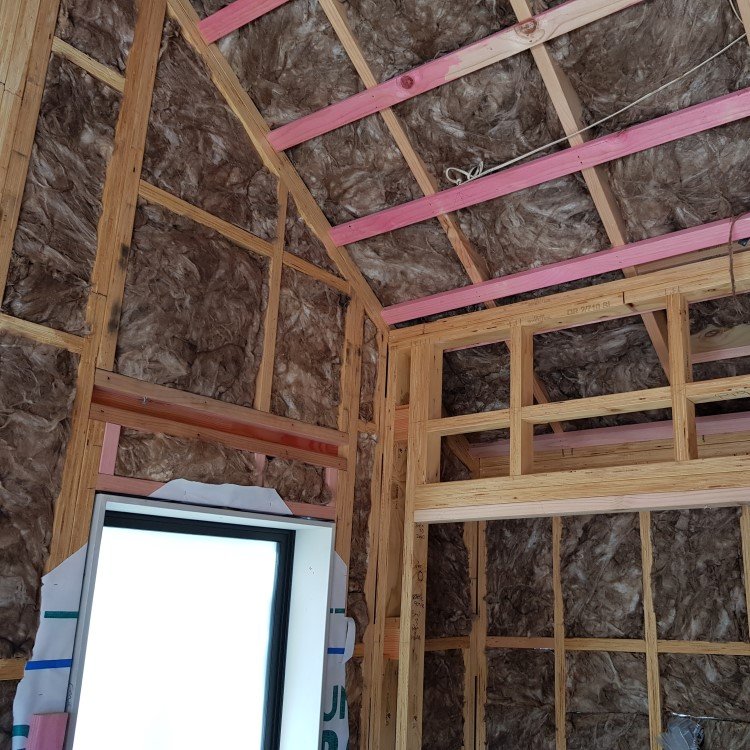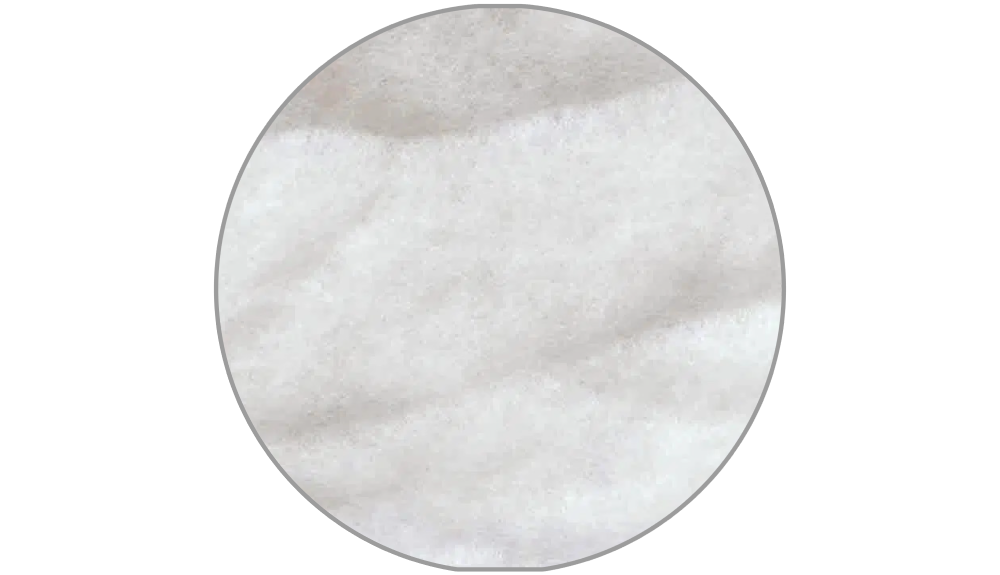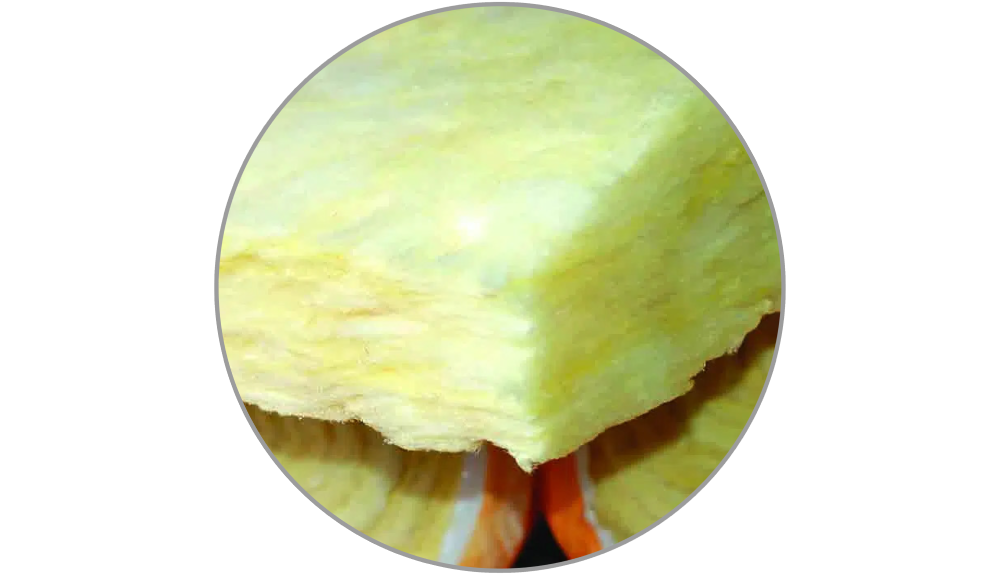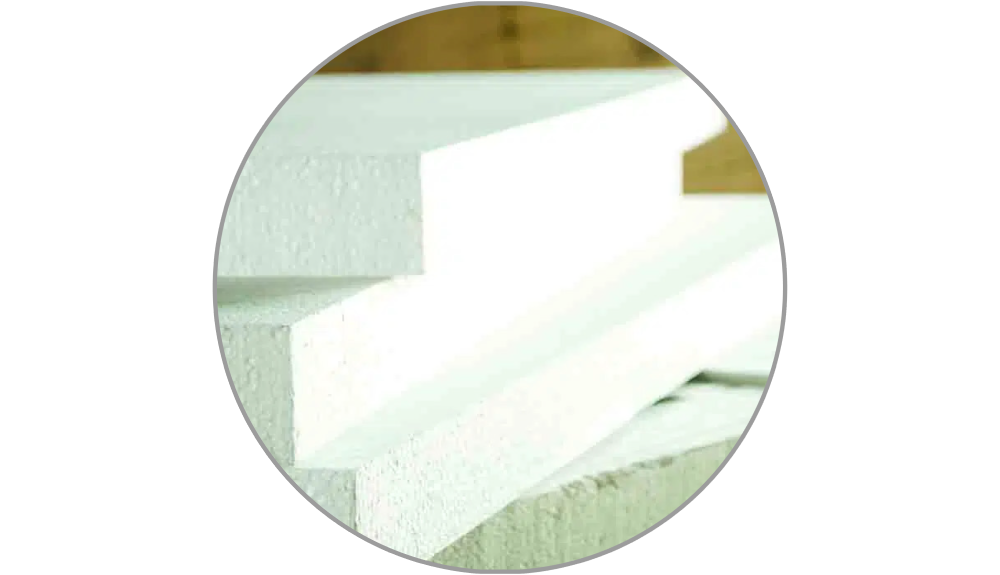WHY INSULATE YOUR HOME?
With the new Rental Tenancy Act, the conversation around the benefits vs. cost of insulation is alive and well. But is it worth it? After all, we’re Kiwis, right? Shouldn’t we just harden up? Do I really need to insulate my old house?
History tells us insulation is nothing new. As a matter of fact, insulation is as old as the hills. Well… almost. The Greeks kicked off the insulation story with a love for asbestos. The ‘trend’ lasted for centuries. I guess we all know how it ended. Cork kept the Roman water pipes warm (you know, for their thermal hot baths and underfloor heating systems). They also used cavity walls to insulate their homes. Nothing slow-witted about the Romans.
The subsequent centuries had us return to mud, animal hides, and tapestries. Until an accidental discovery in the 30s gave birth to fibreglass. The ‘batts’ were born. Cheap, effective, non-toxic, and easy to use. The world was on to a winner. Fast forward roughly 90 years and our ‘batts’ insulation blankets are here to stay.
In the meantime, Aotearoa is still talking the hind legs off a donkey about how insulating a home may or may not benefit health, comfort, and the cost of heating.

Is insulation really worth it?
Let’s take the argument out of the conversation and talk about some simple figures and facts.
A few stats:
- Insulating your home can cut 30% of the energy needed to heat it. Some sources mention 50%. A smart investment? You bet!
- A whopping 500,000 NZ homes are estimated to have inadequate insulation. Stats.govt. data (31 March 2020) estimates there are 1,787,900 households in Aotearoa. That’s roughly one in three homes sheltering a cold family!
- Families living in insulated homes had fewer sick days and doctor visits, according to the Wellington School of Medicine.
- The WHO recommends inside temperatures of at least 18°C; higher if there are young children around. They also state that indoor temperatures below 16°C increase the risk of respiratory disease.
But it’s not just the cold. It’s also the damp and the mould and the condensation. We haven’t mentioned the summer heat. Uninsulated, a third of your home’s heat is lost through the roof, a third through the floor, and a quarter through the walls.
Many homeowners try to fix these temperature issues with heat pumps or dehumidifiers. What we’re really doing is adding more and more and more heat… to a leaky box. It’s the old bucket with a hole story. The short and the narrow is that you’re putting a plaster on a wooden leg. What you have is a sieve, and plugging is what it needs.
But with what?
How does insulation work?
The answer to this question boils down to how insulation works. Here’s the deal:
All materials allow heat to pass through to some degree. By nature brick, plasterboard, glass, and metal do a poor job at keeping the heat in. It’s common sense to resolve this issue by simply adding an extra layer of material that does an outstanding job where building materials let you down. That extra layer is an ‘insulator’.
How well an insulator performs is measured by R-value. The higher the R-value, the better the insulation. Fibreglass, wool, cardboard, polyester, and polystyrene all have a high R-value and do a great job at insulating. So how much ‘R’ is good enough?
The Building Code describes the minimum R-value you need for your ‘climate zone’. It makes sense that the balmy North can get away with a lower R-value than the South with its freezing winters.
The idea is to insulate like a thermos or a chilly bin: ceiling, wall, and floors.

Insulation Costs
As a rule of thumb, the higher the R-value, the more it will cost. But also the more effective the insulation will be. So how much is enough? The short answer: as much as your wallet allows. The better your home is insulated, the cheaper it will be to heat. Over time, it’ll be worth it.
Which insulation is best in New Zealand?
But how to choose the best insulation for your home? The options are extensive, to say the least.
Different uses require different products. Different materials have different perks and downsides. And then there is the matter of personal preferences or priorities. We know… it’s complicated.
Is it your ceiling or the walls (or both) that need padding? Do you want your choice of insulation to be asthma friendly? Environmentally friendly? Is fire resistance a priority? Or is the budget an all-overriding factor?
In a nutshell, there are four main materials on the market. All four do a good job and all four come in different sizes and thicknesses. All the Total House product brands are fire-resistant, moisture resistant, and reduce allergies. On top of that, they all come with a 50-year manufacturer’s warranty. (No shortcuts if we have a say in the matter.)




Some final tips on insulation
- If it’s all in the too-hard basket, get the Total House certified insulation experts out for a FREE assessment. We’ll tell you if your home is one of the 500,000 houses in New Zealand that direly needs insulation.
- Glass wool, wool, and polyester, all have their pros and cons. But as always, it pays to do the research. The Total House team will help you select underfloor insulation, ceiling insulation, and wall insulation products that best suit your budget and needs. What’s more, we’ll support you all the way.
- Different brands don’t necessarily offer an identical product, even when the material appears the same. Check the small print and make sure you compare apples with apples.
- We come armed with a vacuum cleaner for the installation. Your home will be left spick and span.
- Need finance? No worries! Just talk to us about finance options.
- If a house renovation is on the cards for the future, don’t skimp on the wall insulation. It makes a huge difference in warmth and comfort.
- Make sure to hire professional insulation installers that comply with industry standards. We only use high-quality products and we‘re very picky with the installers we employ. Our team is punctual, safe, efficient, and committed. Remember, if it sounds too good to be true… it probably is.
